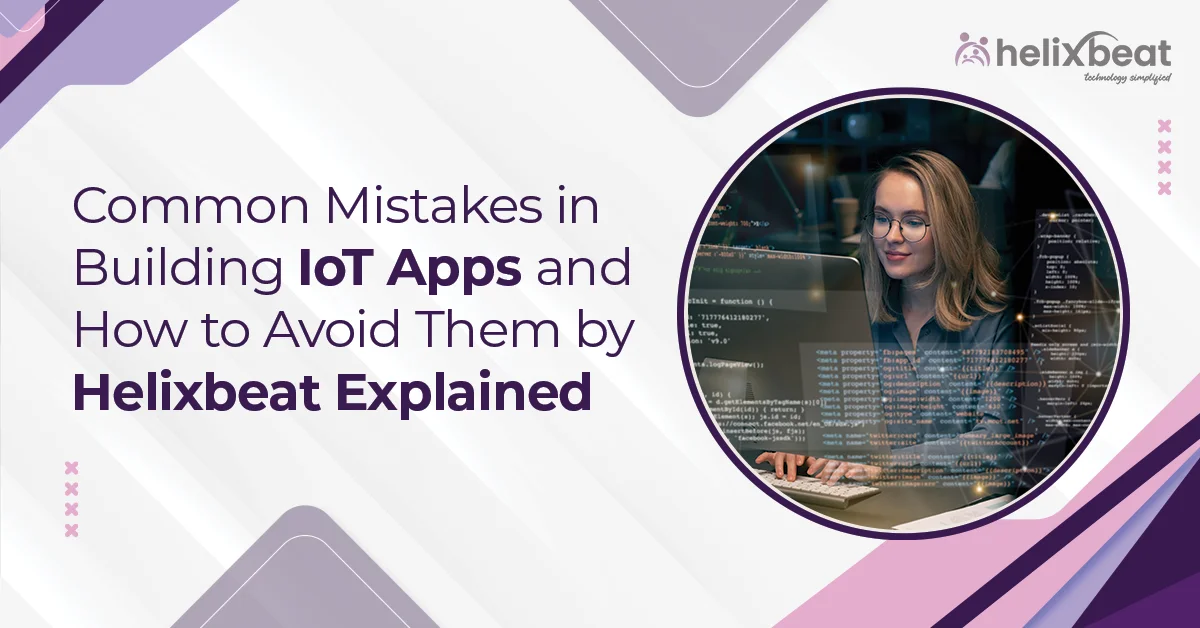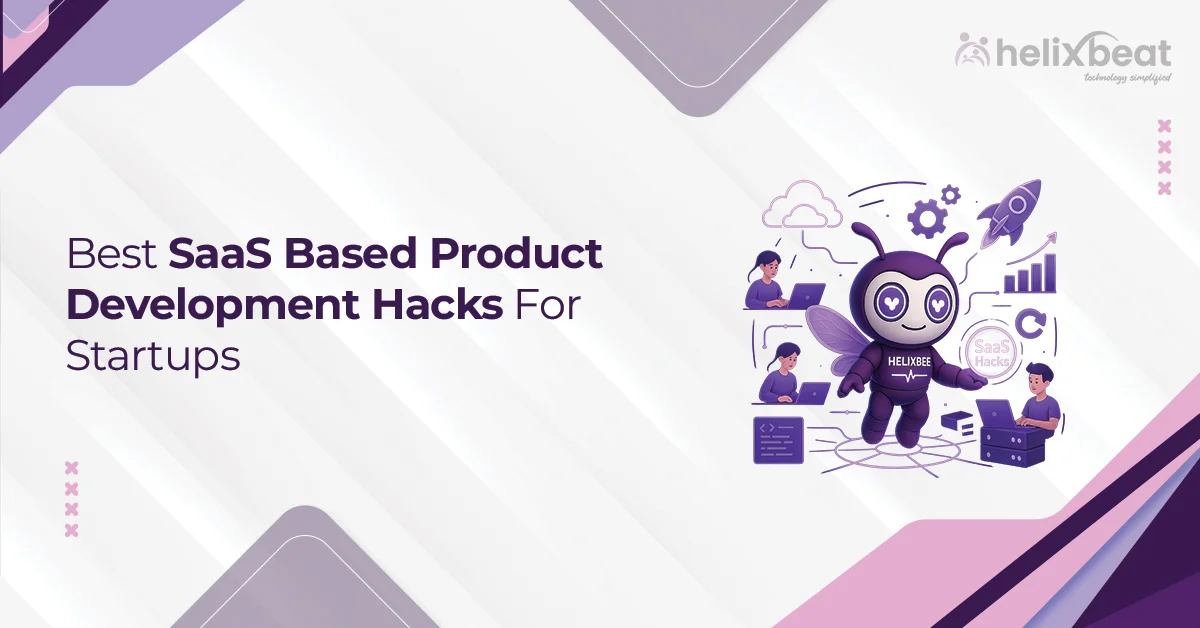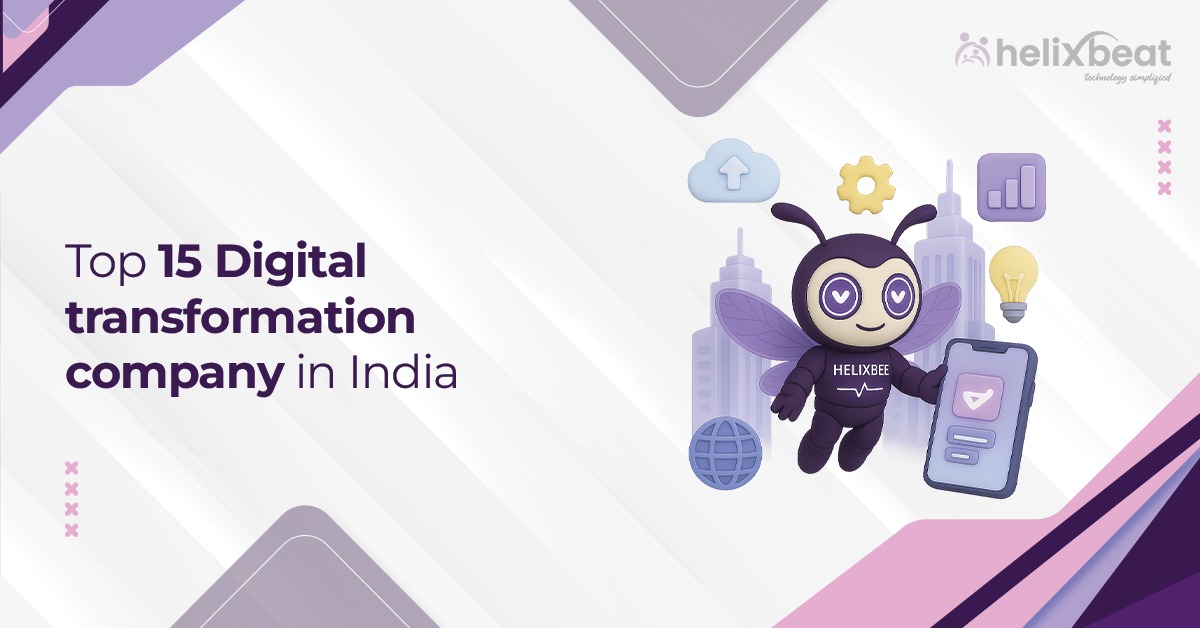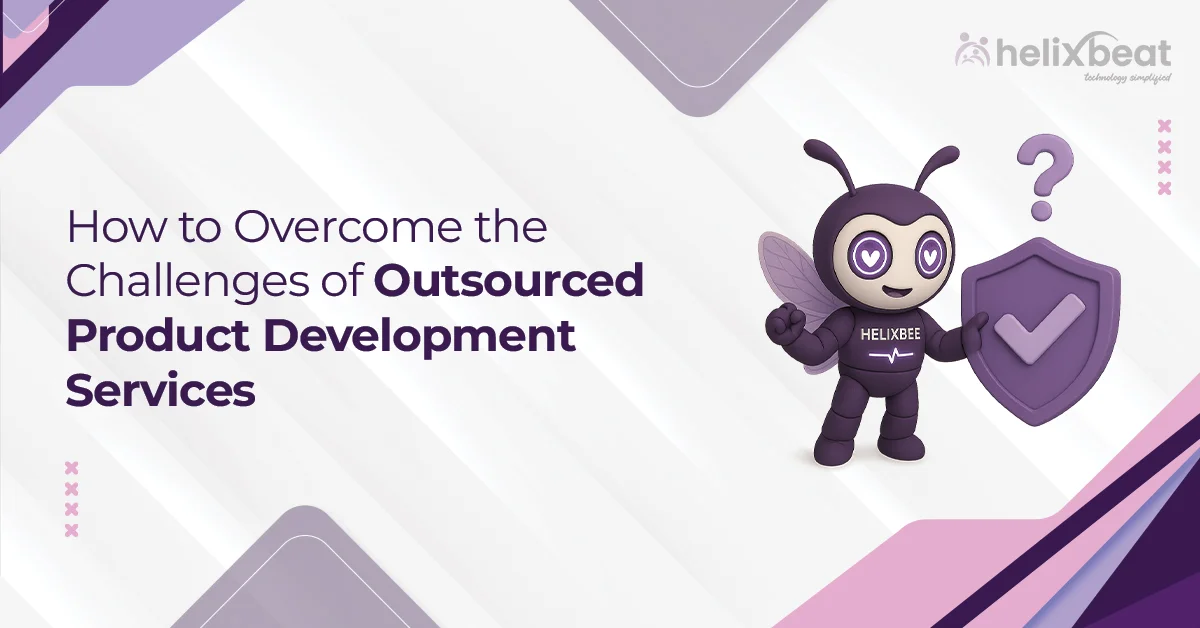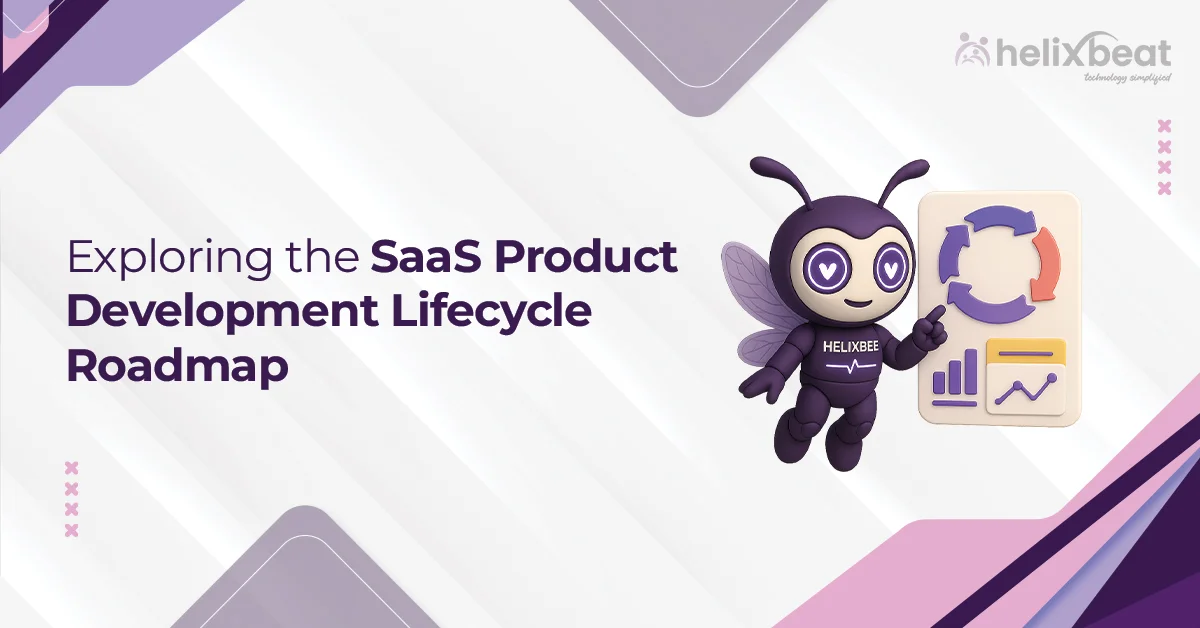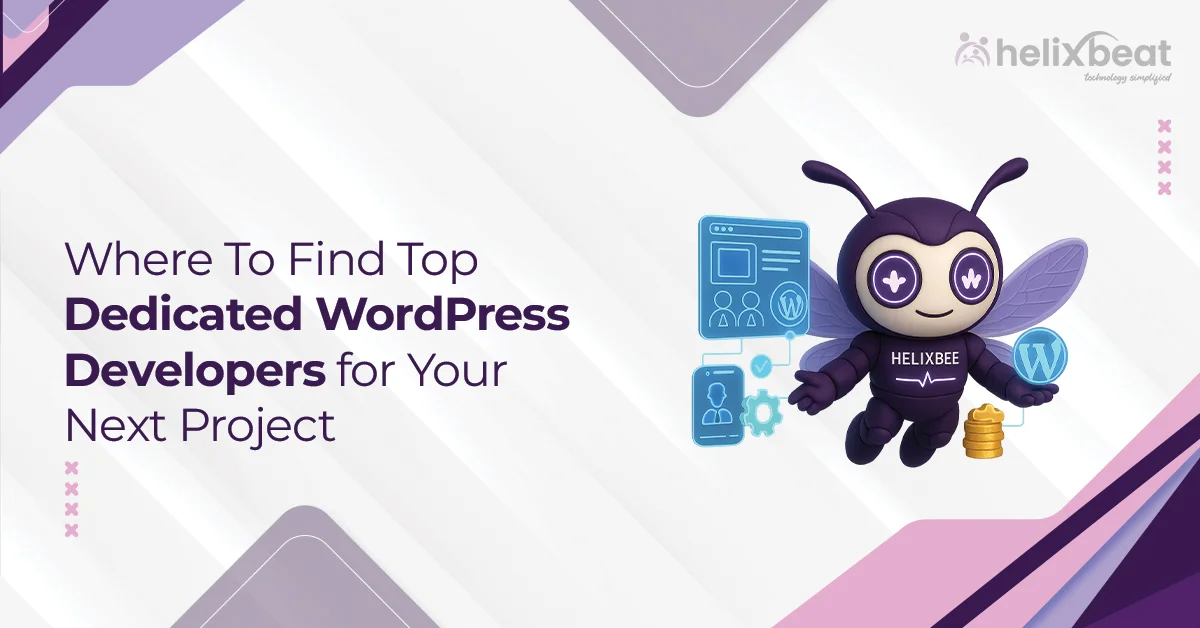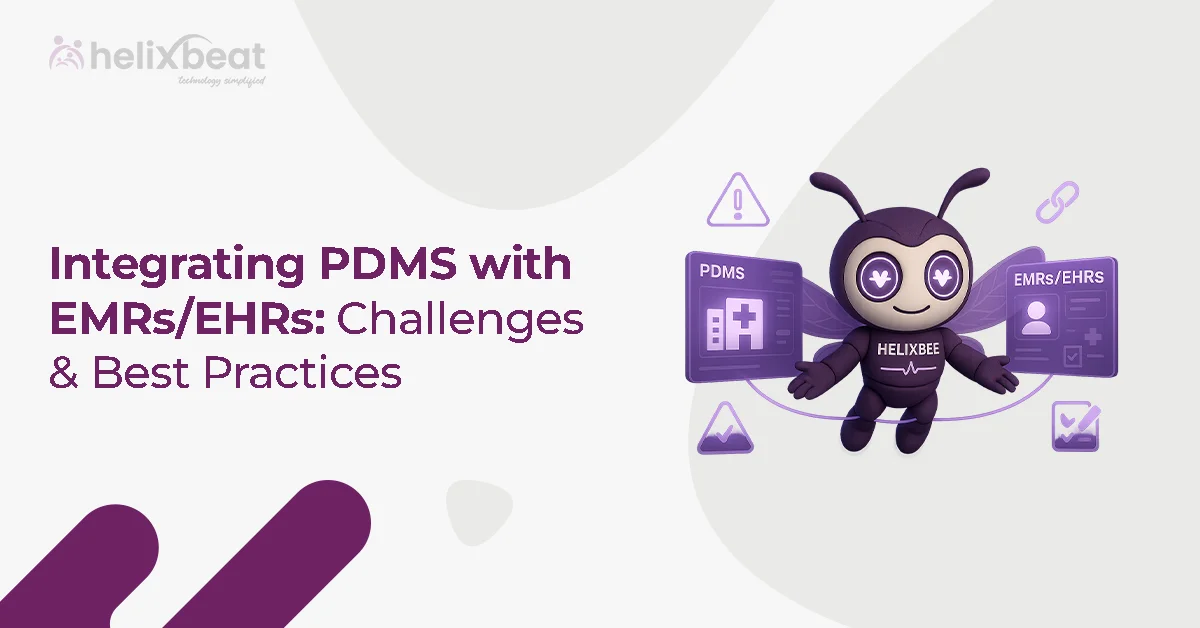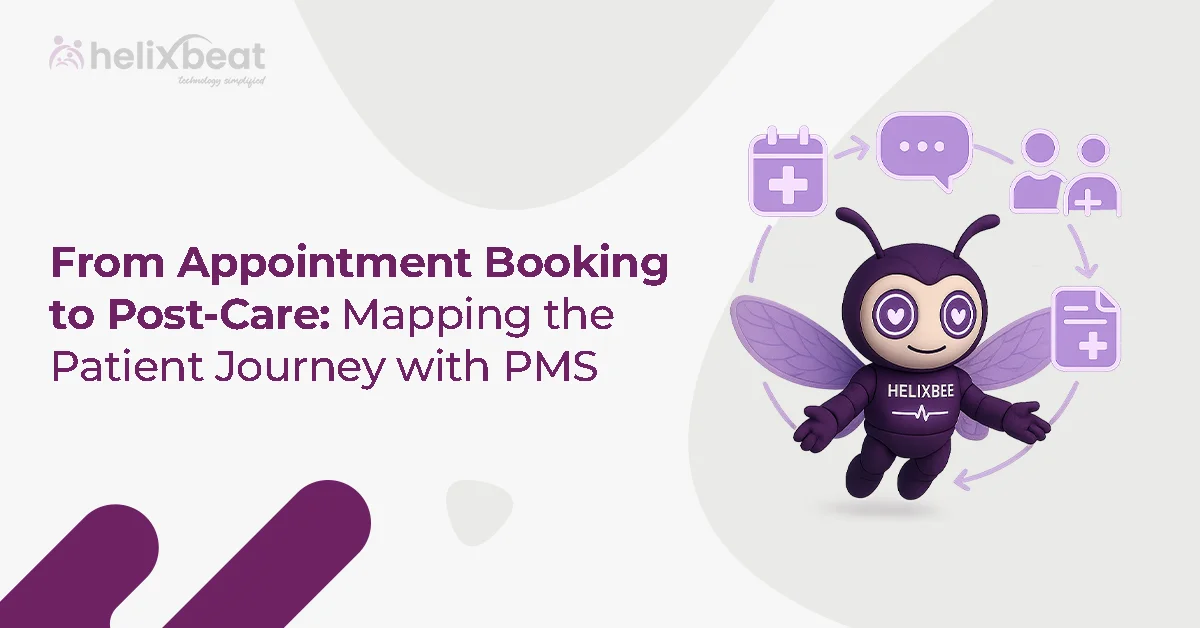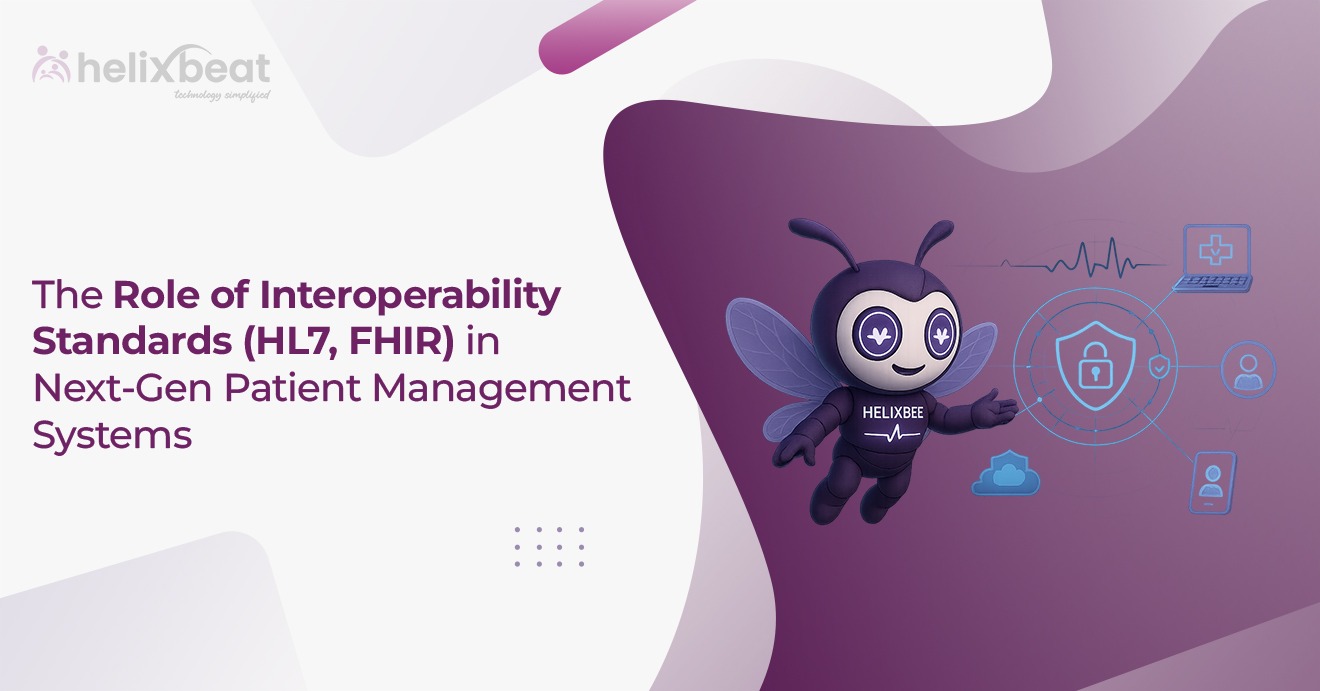Building an IoT (Internet of Things) app is an exciting project, but it’s easy to miss some important details along the way. Many businesses focus on the app itself without considering how the software and hardware need to work together seamlessly. This can lead to mistakes that affect the app’s performance, security, and user experience.
IoT apps connect smart devices to users, allowing them to collect data, send commands, and monitor things in real time. But if things aren’t properly planned, your IoT app might struggle with integration, security, or scalability, which can cause problems down the road.
In this blog, we’ll explain the common mistakes people make when building IoT apps and how to avoid them. By solving these issues early, you’ll be on your way to creating an app that works smoothly, stays secure, and offers a fantastic user experience.

Table of Contents
What is an IoT App and its function?
An IoT app is a software application that connects and controls smart devices over the Internet. These apps allow users to interact with IoT devices, such as smart thermostats, wearable fitness trackers, security cameras, or even home appliances, through their phones, tablets, or computers. The app acts as a bridge between the physical device and the user, enabling real-time data collection, device control, and monitoring from anywhere.
In simple terms, an IoT app lets you control and manage your smart devices remotely, making everyday tasks more convenient. Whether you’re adjusting the temperature of your home, tracking your exercise progress, or checking on the security of your property, an IoT app allows you to do all of this with just a few taps on your smartphone. That’s why IoT software and hardware development are so critical.
7 Common Mistakes in Building IoT Apps and How to Avoid Them
Building an IoT app can be a rewarding experience, but it’s easy to make mistakes that could affect the app’s performance, security, or user experience. Let’s explore some of the most common mistakes and how you can avoid them to create a better, more effective IoT app backed by real-life examples.
1. Not Understanding How Hardware and Software Need to Work Together
Mistake: Many developers focus solely on the app’s software and neglect the importance of how it integrates with the IoT hardware. This can lead to compatibility issues, performance problems, and a poor user experience.
Example: A company developed a smart thermostat app but didn’t consider how the app would work with the hardware. The result? Users had trouble syncing their devices with the app, leading to frustration and a drop in customer satisfaction.
How to Avoid It: Work closely with IoT software development to ensure smooth communication between the app and devices. Ensure that both the app and the IoT hardware are designed for seamless integration for optimal performance.
2. Failing to Address Security Vulnerabilities
Mistake: IoT apps often collect sensitive data and control important devices, making them prime targets for cyber-attacks. If security isn’t prioritized, it can lead to breaches or unauthorized access.
Example: In 2016, the Mirai botnet attack exploited security vulnerabilities in IoT devices like cameras and routers. These devices were hacked and used to launch one of the largest DDoS attacks in history, showing how critical it is to secure IoT systems.
How to Avoid It: Implement strong security features from the start, including encryption, secure authentication, and regular updates into your IoT software development process. Always stay updated on the latest security threats and best practices.
3. Not Having a Plan for Handling All the Data
Mistake: IoT devices generate huge amounts of data. Without a proper data management strategy, the app could struggle to handle large volumes of information, resulting in slow performance or data loss.
Example: A health monitoring app that tracks heart rate, steps, and calories can quickly become overwhelmed by the massive amounts of data generated by users. Without effective data management, users may experience lag, delayed updates, or incomplete data reports.
How to Avoid It: Plan for efficient data storage and management. Use cloud-based solutions, databases, or edge computing techniques to handle data securely and efficiently in your IoT software development plan. Make sure the data is organized and easy to access for analysis.
4. Building an App That Can’t Grow with Your Business
Mistake: As your IoT app grows, so will the number of devices and users. An app that isn’t designed to scale will face performance issues as it reaches its limits.
Example: A smart home app designed for a small number of devices struggled to scale when it became popular. Users who added more devices found the app sluggish and
prone to crashes, affecting the overall user experience.
How to Avoid It: Design your app and infrastructure with scalability in mind. Use flexible, cloud-based architectures that can grow with the app’s needs and support more devices and users without compromising performance.
5. Poor User Interface (UI) Design
Mistake: A complicated or hard-to-use UI can frustrate users, who are less likely to engage with your Iot app.
Real-life Example: A fitness app that tracks steps and calories became popular but had a cluttered UI. Users found it difficult to navigate the app and ended up using only a small percentage of its features. Over time, this led to declining user retention.
How to Avoid It: At the time, IoT software development focused on simplicity and an easy-to-use app interface. Regularly test the UI with real users to ensure it’s intuitive and user-friendly. Make sure users can easily interact with the devices and data.
6. Insufficient Testing of IoT Devices
Mistake: Many IoT apps fail because they’re not tested enough across different devices and environments. This can lead to compatibility issues, bugs, or system crashes.
Example: A smart lighting app was only tested on a limited range of devices, leading to issues when it was used on other IoT devices, causing lights to flicker or not turn on at all.
How to Avoid It: During IoT software development, conduct thorough testing on a variety of IoT devices and networks. Test the app in real-world conditions to identify potential issues before the app goes live. This will ensure a smoother experience for users.
7. Lack of Proper IoT App Maintenance
Mistake: After launching the app, some developers won’t give priority to regular maintenance. Without ongoing updates and support, the app can quickly become outdated and prone to issues.
Example: A smart home app that was once popular had not been updated in over a year. As newer devices were released, the app became incompatible with many of them, and users began to move to more up-to-date alternatives.
How to Avoid It: Plan for continuous updates and maintenance, including bug fixes, security patches, and performance improvements. Regularly monitor the app’s performance and user feedback to make necessary adjustments and improvements.
Conclusion:
Building a successful IoT app takes more than just writing code; it requires a clear understanding of both hardware and software, strong security, user-friendly design, and long-term planning.
By partnering with the right IoT software development, you can avoid common mistakes and reduce costs that truly deliver value. If you’re looking to build a reliable, scalable, and secure IoT app, Helixbeat is here to guide you every step of the way.
Why Helixbeat is the Best Choice for Product Development
Helixbeat, IoT Software development solutions combine deep technical expertise, real-world experience, and a user-focused mindset to deliver reliable and scalable product development solutions.
Whether you’re building an IoT app, a healthcare platform, or a custom enterprise solution, Helixbeat approaches each project with a focus on performance, usability, and long-term success.
What makes Helixbeat different is its ability to connect strategy with execution. From concept design and prototyping to development and ongoing support, Helixbeat works closely with your team to align every feature with your business goals.
Our agile approach allows you to adapt quickly, avoid costly delays, and bring high-quality products to market faster.
FAQ:
1. What is IoT in software development?
IoT in software development involves creating applications that connect smart devices to the Internet for data exchange, remote control, and automation.
2. Which software is used in IoT?
Common IoT software includes platforms like AWS IoT, Azure IoT, embedded systems, middleware, and mobile/web apps for user interaction.
3. What are the four types of IoT?
- Consumer IoT: Smart homes, wearables
- Commercial IoT: Healthcare, retail
- Industrial IoT: Manufacturing, Automation
- Infrastructure IoT: Smart cities, utilities
4. What is IoT in software testing?
It’s the process of testing IoT systems, ensuring device connectivity, data flow, performance, and security work as expected.
5. What is hardware for the Internet?
It refers to devices like sensors, microcontrollers, and gateways that connect to networks and power IoT applications.
6. What are the three main issues with IoT-enabled devices?
- Security vulnerabilities
- Poor data management
- Device compatibility problems



